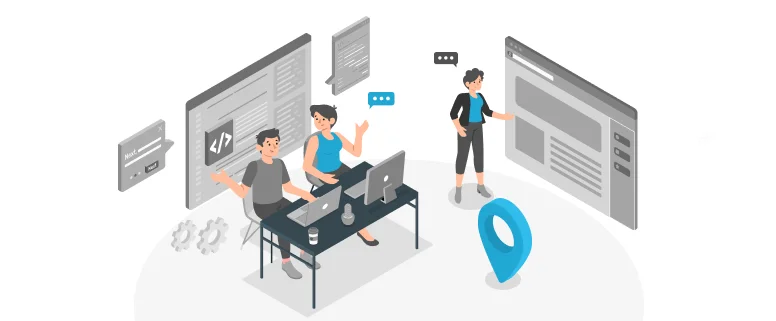Ten years before, it’s still a fresh and new thing if you see a website with language selector or national flags on the top of their web pages. Ten years later, you are out if you have yet got your website go multilingual. In order to compete in a global economy, companies with a global vision have realized that their website has to speak their client’s language.
Once you decide to localize your website for a certain market, measures should be taken to make the process as efficient and effective as possible. Throwing the website localization project over the wall to your distributors or just any third party is not the best way to go. You should be working with an experienced localization partner who has not only the necessary resource but also the industry know-how and the best practice, to take care of the challenging mission.
As an expert in website localization, CCJK is able to provide clients with one-stop solution from translation, localization, engineering to maintenance of their multilingual sites. This article will brief the process of how CCJK works with client closely for a successful website localize project.
1. The client’s IT Department set up a “mirror” site for each language they are going to target at, based on their current native language site. If needed, CCJK has the capable engineering team to take over this task.
2. Once the site is set up, the client set the work scope and put everything need to localize on each mirror site.
3. The client provides CCJK with a user name and password to access the mirror site.
4. CCJK extracts all content and runs a Translation, Editing, Proofreading (TEP) process for linguistic QA.
5. CCJK places the translated text back to the mirror site, localize those image and Flash etc. web elements.
6. CCJK runs an Engineering QA and makes sure the translation and the layout fit in with the target market.
7. The client’s in-country reviewers or distributors review the layout and text to make sure it reads similar to the original site
8. The client launches the multilingual site. Usually a visitor click a language button (or choose a language from a comobox) that corresponding to his/her language on home page or any other web pages, the corresponding page in target language opened and he/she can continue to navigate with his/her own language.
Also read: What Matters When doing Website Translation and Localization
Once the website localization project is done, CCJK can help client maintain their multilingual site and update their content on daily basis, thus to create value for client in a long run.
Take a look at how we helped our client by localizing their project for Website Translation Services . Click here to read the complete case study


